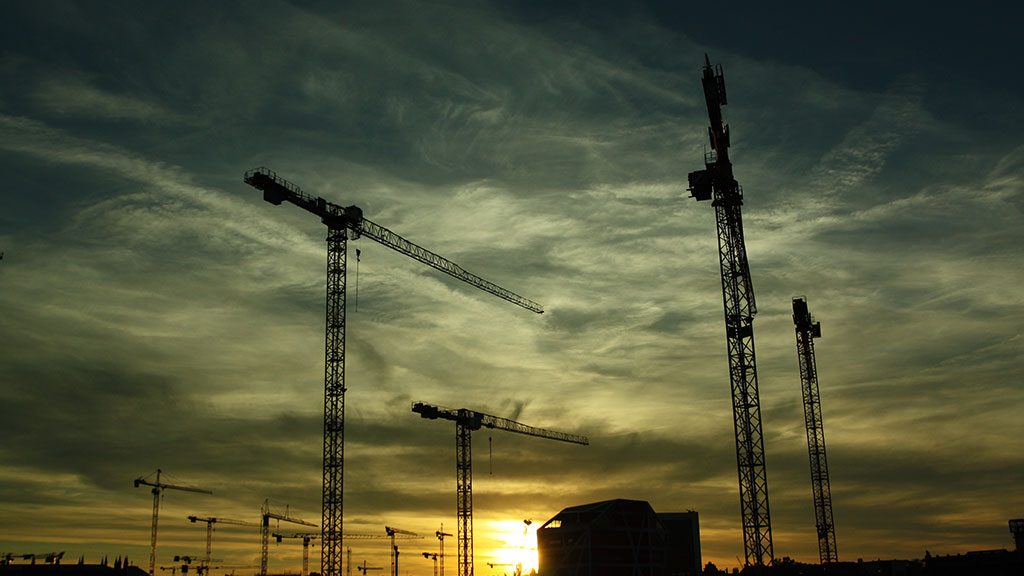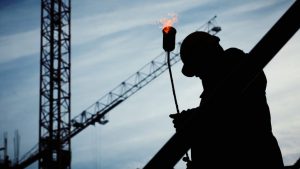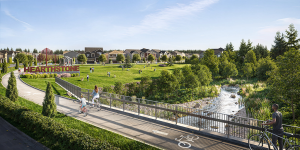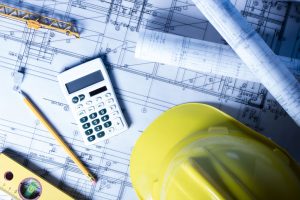A modelling research project carried out by Mission Green Buildings (MGB) is indicating that global warming will shift Alberta government building requirements by a climate zone by the end of the century.
The research has culminated in 25 recommendations that need to be implemented both in the short and long-term to make Alberta Infrastructure’s Technical Design Requirements (TDR) for government buildings more flexible, said Alyssa Boisvert, manager of strategic policy for Alberta Infrastructure.
The study results and the recommendations were slated to be presented by Boisvert and Matt Grace, president of MGB and a sustainability expert, at this year’s Buildex Calgary show, which took place Nov. 7 and 8.
MGB is an engineering firm that specializes in green construction.
“The Alberta government has set climate leadership as a priority,” said Boisvert, as Alberta Infrastructure has focused on what can be done and how to do it.
Boisvert said Alberta Infrastructure expects that structures will last up to 50 years.
“We will have billions of dollars of new public facilities that will be built and these facilities should align with the (revised) technical standards.”
The TDR sets out standards in a 500-plus page document ranging from carpets through to building design and construction. Many will not be impacted by climate change, Boisvert said, but others will. Some areas impacted are building envelopes as wetter weather is occurring, roofing materials as weather can become more inclement as well as air quality in buildings.
“We are experiencing hotter weather in summer,” she said, adding schools may need to consider air conditioning or be able to retrofit economically with cooling systems.
She said while these study recommendations attempt to make the technical standards more flexible, they also attempt to stay within what is considered reasonable risk and not over-build.
“That is what the study looks at,” she said.
Currently, Infrastructure Alberta facilities are built to a LEED Silver standard.
“A few (of the 25 recommendations) require more exploration,” said Boisvert. “But, over the next two or three years we plan to implement as many of the recommendations as we can.”
MGB’s Grace said his firm’s modelling of global warming conditions in Alberta looked at what would happen to a school, an apartment and office building in three locations: Fort McMurray, Edmonton and Medicine Hat.
Several perceived climate changes were entered into the model and the results tabulated. In all cases, it was found that climate zones slipped down a notch as the weather became warmer and wetter, said Grace, who is one of two LEED Fellows in Alberta.
He said Alberta is a leader in adapting building standards to changing climate demands and this momentum is driving forwards sustainable building practices. He said while the modelling showed how the warmer weather changed climate zones, the greatest impact was realized in the northern regions.
The modelling poses some interesting questions for not just government structures, but those who plan to build and own structures long-term.
“You may recognize that the (current) design is for one climate zone but by mid-century that may be ineffective,” he said.
The climatic changes will impact the structural elements of a building. For example, he said, the impact of designing for warmer and wetter temperatures plus inclement weather can impact right down to the foundation required.
“The really interesting question,” he said, is “what are you going to do in terms of design to allow this building to cope in an efficient way.”
Grace said while it is also important to ensure buildings respond to climate change and more severe climatic conditions, it is also important that buildings still remain sustainable in terms of their impact on the changing environment in terms of emissions.
“We know that buildings produce half of all the carbon dioxide emission,” he said.
The buildings also have to be healthy places to congregate and live.
“We spend typically 90 per cent of our time indoors and if we want to remain healthy, then we have to make that a healthy place.”
MGB specializes in green building engineering and technologies and all the various certifications recognized in Canada.











Recent Comments
comments for this post are closed